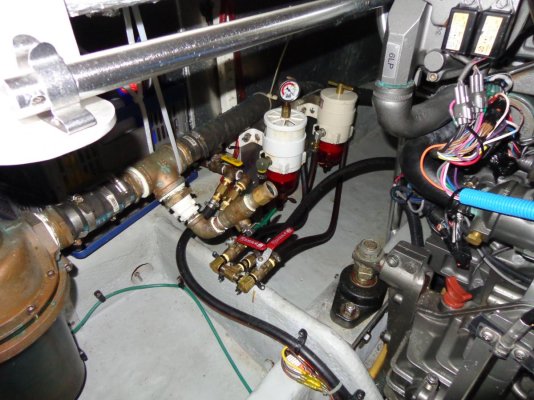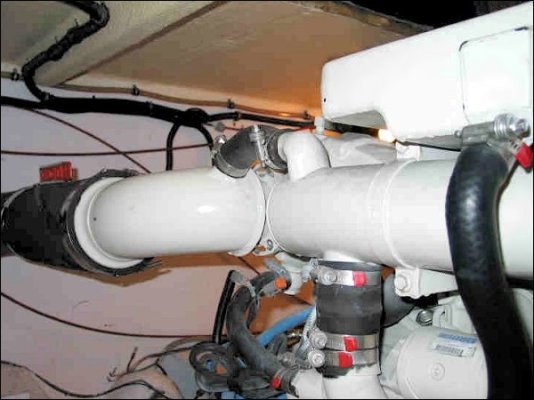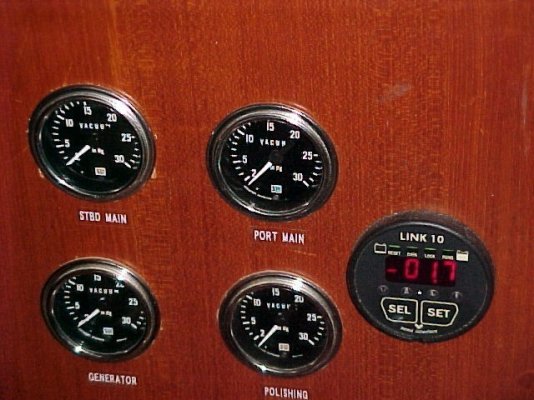Mark P
Senior Member
So in looking at two different boats by the same manufacturer, I came across these two pictures. The one with what appears to me to be dual engine filters is about 10 years old, and the one with the single engine filter is about 17 years old, both have about the same engine and transmission set up, and 6KW genny.
I really don't know how the two system set up works - is it a step filtration so that first filter takes out larger contaminants, and the second smaller items? Or is it just more maintenance. As always, I appreciate the education!! Thanks, Mark P.
I really don't know how the two system set up works - is it a step filtration so that first filter takes out larger contaminants, and the second smaller items? Or is it just more maintenance. As always, I appreciate the education!! Thanks, Mark P.










